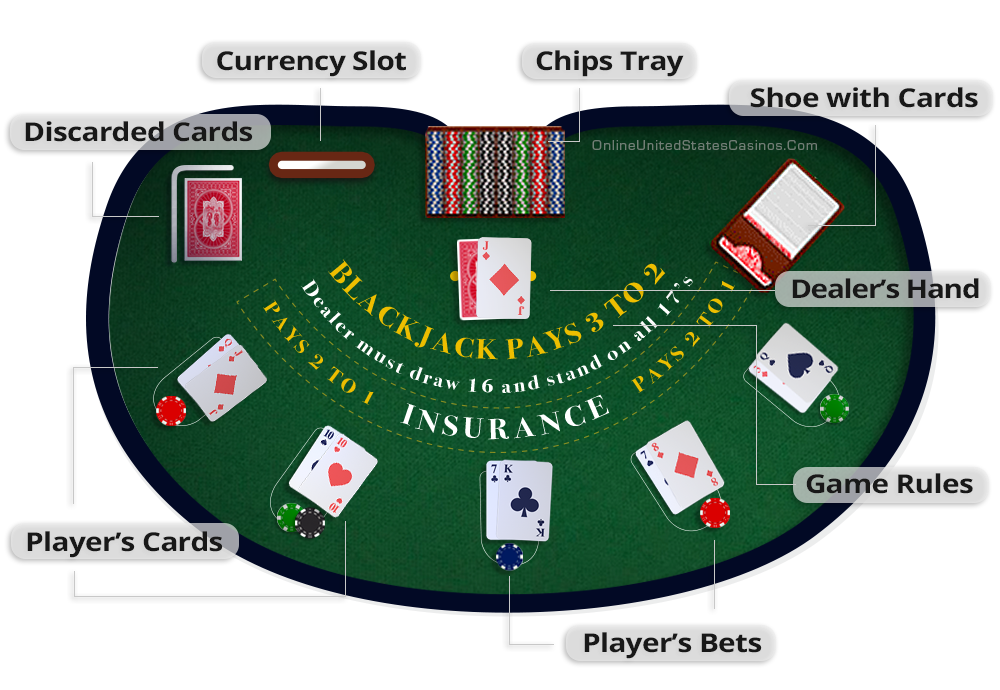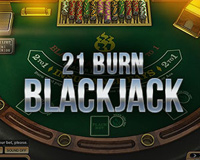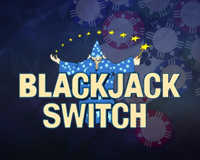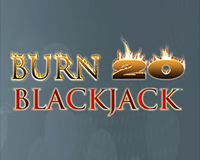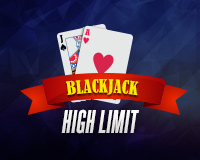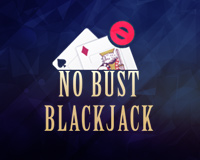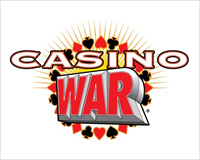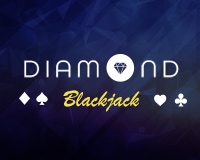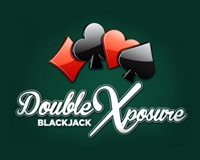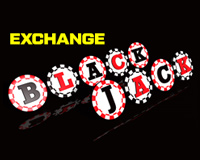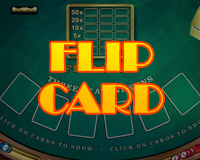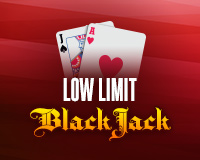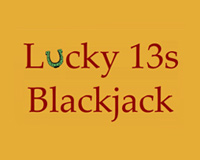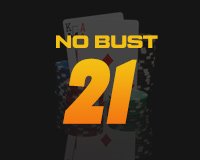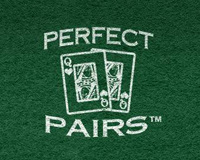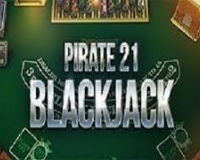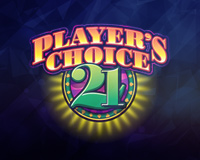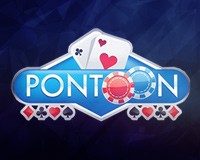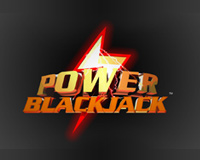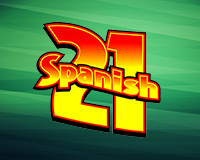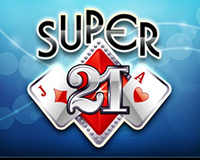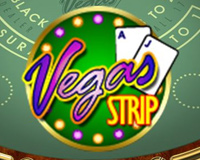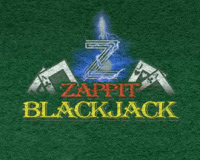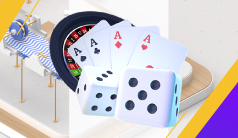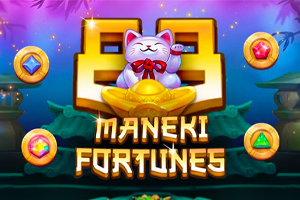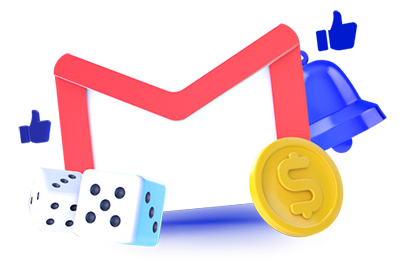Blackjack Guide | Rules & How to Play
Blackjack is one of the most popular casino card games of all time. You have a much better house edge when compared to many other titles. It is a straightforward option to learn, but with strategy and hard work, you’ll have an even better chance to come out on top.
This complete blackjack guide for beginners will cover all aspects of the game. You’re going to learn basic rules, how to play, the best strategies, where to practice for free, and find charts to help you hit, stand, and split. Even if you want to start advanced tactics like counting cards, you’ve come to the right place.
Blackjack Guide
Table of Contents
The Best Blackjack Casinos 2024
| RANK | ONLINE CASINO | BLACKJACK GAMES | BONUS | START |
|---|---|---|---|---|
| 1 |  DuckyLuck Casino DuckyLuck Casino | BLACKJACK GAMES 6 | BONUS 500% up to $7,500 | Play Now |
| 2 |  Bovada Casino Bovada Casino | BLACKJACK GAMES 10 | BONUS 125% up to $3,750 | Play Now |
| 3 | 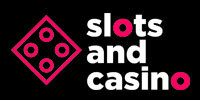 SlotsandCasino SlotsandCasino | BLACKJACK GAMES 6 | BONUS 500% up to $7,500 | Play Now |
| 4 |  BetUS BetUS | BLACKJACK GAMES 22 | BONUS 150% up to $3,000 | Play Now |
| 5 |  Super Slots Super Slots | BLACKJACK GAMES 21 | BONUS 250% up to $6,000 | Play Now |
Blackjack Rules

Below you can find a detailed description of the rules of blackjack. This step-by-step guide covers the goal of the game, the card values, and what choices you must make during a hand.
The objective is to beat the dealer’s hand by scoring 21 or as close to 21 as possible without going over. When any hand goes over 21, that is called a bust. The goal is to beat the dealer and not bust. You can do this in two ways:
- Have a higher hand than the dealer
- Don’t go over 21 when the dealer does
Blackjack Rule #1 | Card Values
All of the face cards and 10’s get a value of 10. Aces can be 1 or 11, depending on the situation. Every other card is worth its face value. If you have a seven and a six, you have a total of 13. A blackjack occurs when you have an Ace and any 10 valued card. This combo is also known as a natural 21.
As you know, an ace can be either a 1 or 11. A hard hand is any hand without an ace, or where an ace counts as a 1. A soft hand is any hand with an ace that counts as an 11. For example, when you have an ace and a six, you have a “soft 17.
Blackjack Rules Chart | Card Values
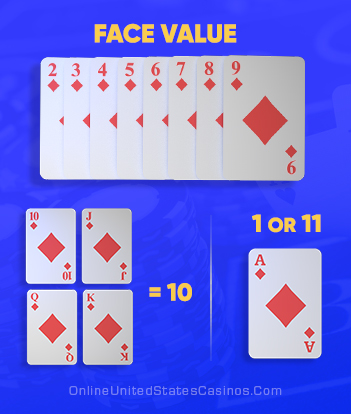
Blackjack Rule #2 | Playing Options
During the game, you have to make decisions about their hands before the dealer progresses. Usually, you’ll look at all your options in order. First, determine if you want to surrender. Then, check for an opportunity to split or double down. Finally, take extra cards by hitting before eventually deciding to stand.
Surrender
When a player believes they have little chance of winning, they can choose to surrender their cards. You will lose half of the initial bet.
Split
You can split if you receive two cards of the same rank. This divides the two cards into separate hands. To split, you must provide an additional bet.
Double Down
Your next choice may be to double down, which means you double your bet after the initial deal if you think you can win with the next card.
Stand
When the player is satisfied with their cards and decides to pass on making other decisions. In this case, you don’t take any more cards.
Hit
When you take another card from the shoe/deck to add to your hand. You can hit multiple times before deciding to stand.
Insurance
When the dealer has an Ace as their up card, you can take insurance. You can place a bet, and up your wager, in case the dealer has a blackjack.
Blackjack Rules Chart | Playing Options
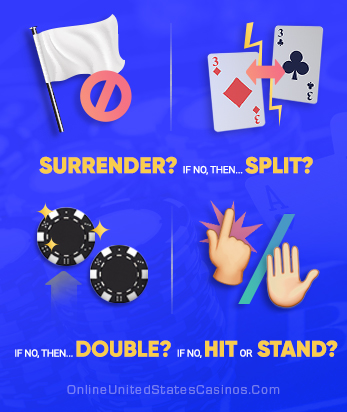
Blackjack Rule Variations to Lookout For
Blackjack has many rule variations depending on the casino or the table you choose. Each one either helps you or the house in one way or another. Here’s an explanation of the most common variations you should look for and which are best for the player.

3:2 vs. 6:5 Blackjack Payouts
The amount the casino pays you when you get a natural blackjack ultimately affects the house edge. You want to play at tables with 3:2 payouts. Many casinos have moved to less player-favorable 6:5 payouts to gain an extra 1.5% advantage.
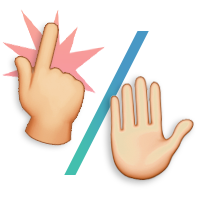
Does The Dealer Hit or Stand on Soft 17?
The dealer must hit or stand when they have a 17 with an Ace counting as 11. This rule frequently changes from table to table. You may even find both options at a single online casino.
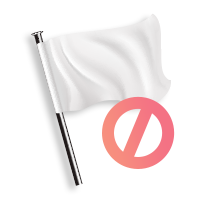
Is Surrendering an Option?
This blackjack rule is a variation because not all games offer surrender, but it’s advantageous when you can do it. If you have a losing hand, you can recoup some of your bet with a timely forfeit.
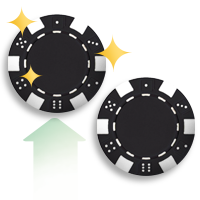
When Can You Double Down?
The option to double down is available at almost every blackjack table, but some places restrict it. Common restrictions include only doubling on your first two cards or doubling only on 9, 10, and 11.
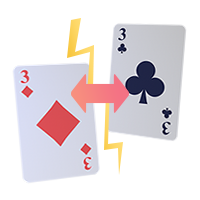
Can You Always Split a Pair of Cards?
Most games let you split any pair on your first two cards. Some allow re-splitting of pairs created from a previous split, while others restrict the re-splitting of Aces.

Push on 22
You may see the term “push on 22.” When the dealer busts with a 22 and the player has a score of 21 or less, the outcome is considered a push. This only applies to some blackjack variants.

Betting Limits
There are different types of betting limits, depending on the variations and table rules. You can find blackjack tables with max bets of $1,000 a hand, but limits in most casinos range from $1 to $500.
How to Bet in Blackjack
Blackjack betting systems help make the most of your bankroll. With any system, you should consider how much money you bring to the table. Try one of the following betting options and stick to it during a session, and you’ll eventually find a favorite.

Flat-Betting System
This is the most straightforward system because you bet the same amount on every hand. You don’t have to be too attentive to betting limits and bankroll. Plus, it limits losses.

Positive-Progression Wagering
This takes advantage of winning streaks. Every time you win a hand, you increase the size of your bet. Then when you lose, return to the original bet amount. Stick to that until you win again.

Negative-Progression Wagering
With this option, you have to increase the size of your bet after you have lost the previous hand. When you win, return to the bet amount you started with and bet that until you lose. We recommend this system for bigger bankrolls or smaller bets.

Oscar’s Blackjack Betting Method
The main idea is to be ahead after a series of bets. Start by betting one unit; if you win, continue betting one unit. If you lose, keep betting one unit until you win, then bet two units and increase the bet each time you win until you make a profit.
Blackjack Side Bets

A blackjack side bet is an additional wager that is available in some variations of the game. They vary based on your title of choice and are a smart choice when the odds are in your favor.
They enhance stakes and help cover for bad cards, and they can pay huge bonuses, as much as 5000:1. They are usually optional and have limits. Below we’ve listed the best types of blackjack side bets that players can use to their advantage.
Best Blackjack Side Bets
- Insurance – This option covers you against blackjack when the dealer has an upturned ace, but is generally considered a sucker bet that you should not take. If you do take insurance, you put up half your original stake and get paid 2:1 if the dealer has 21.
- Perfect Pairs – If your first two cards are of the same rank, you are paid up to 25:1.
- Royal Match – This pays when your two cards are of the same suit, more for a suited king and queen.
- Over/under 13 – If you predict whether your cards add up to above or below 13, you are paid even money.
- 21+3 – This involves the player’s first two cards and the dealer’s upturned card. You are paid for suited cards, consecutive cards, three of a kind, consecutive suited cards, and the highest payout for three of the same rank and suit.
- Super Sevens – When you get a 7, you win, more for two 7s, and more for two suited 7s. If the third card also comes up 7, that pays 1000:1, and if they are all suited, it’s 5000:1.
- Lucky Ladies – House pays 4:1 if your cards add up to 20, 10:1 if they are suited, and 25:1 if they are the same rank and suit. Two queens of hearts pay 200:1, and two queens of hearts plus a dealer blackjack pay 1000:1.
How to Play Blackjack | Step by Step Guide
This step-by-step guide teaches you how to play blackjack like a pro. If you haven’t had the opportunity to experience it before or just need a quick refresher, here’s a description of how a hand goes.
Place The Initial Bet
Each player places a bet on the table before the cards are dealt. This wager goes in a small circle in front of the chip stack called the betting area. Each table has a minimum and maximum bet size.The Dealer Deals The Cards
After all the bets are on the table, the dealers give each player two cards and deal two cards to themself. Player cards are both dealt face up while the dealer cards are dealt one face up and one face down. The face-down card is called the hole card.Players Make Their Decisions
At this point, each player decides what they want to do with their hand. This step is where you choose to stand, hit, split, double, surrender, or take insurance.The Dealer Plays Out Their Hand
Once all players are done making decisions, the dealer plays their hand. They have no options and must follow the table rules. If their hand is less than 17, they must hit. Some casinos have different dealer rules for soft vs. hard 17.Winners & Losers Are Decided
If the player beats the dealer, they get a 1 to 1 payout. If you win with a natural 21, the payout is 3 to 2. When a player busts, they lose. When a person doesn’t beat the dealer, they lose. If you and dealer have the same total, the hand is called a push or a tie. In the case of a push, no money is won or lost.
Blackjack Table
Blackjack table layouts are similar at every casino, but it is essential to know where things go. An area above is where the dealer’s cards go, and the areas below are for each player’s cards and bets. Take a look at the following blackjack table chart to understand the layout for this type of game entirely:
Video Tutorial | How to Play Blackjack for Beginners
Once you know the rules of the game, playing a hand is pretty simple. It’s good to know what to expect from the dealer and the others at the table in advance. The experience will be the same for online casinos or brick-and-mortar casinos. This video will give you tips to play and win at real money online blackjack.
Tips to Better Understand Blackjack Rules
Now you know how to play the game in its most basic form. What’s next? How do you get better at blackjack, beat the casino, and win money? Aside from managing your bankroll, There are three main ways gamblers hone their skills. Check out the following pages:
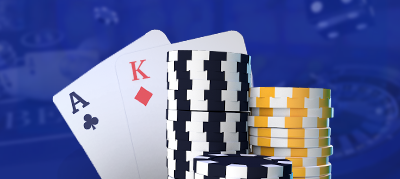
Strategies & Charts
Take your gameplay to the next level with some basic strategies. We have an easy-to-use blackjack chart that helps you make the right decisions every time.

Blackjack For Free
Want to play a few hands before you decide to wager real money? Online casinos make it easy to practice blackjack for free. Get everything here.
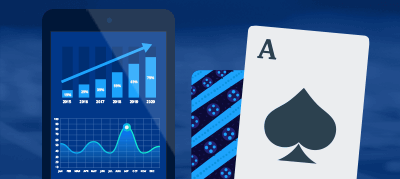
Counting Cards
Counting cards is considered an advanced strategy, but it isn’t tricky to learn. Learn about the tactic so strong that casinos watch closely for players using it.
Best Blackjack Games That You Can Play Online
There are a ton of titles and variants at legit online casinos. Software developers have come up with some new and creative versions. Some have side bets or just a new look and feel. Others may have different rules altogether. Below are just some of the best blackjack games you will find at the top-rated online casinos:
Practice Playing Blackjack for Free
DuckyLuck is one of the best blackjack sites available. Try your hand at one of their tables below. Do you have what it takes to win?
Online Blackjack For Real Money

Playing blackjack for real money online is exciting because you get to keep the prizes when you win! You can sit at a cash table on both desktop and mobile in the US. Log in and choose a variant you enjoy, or find a live table when you’re ready.
You already know the rules of blackjack and how to play. Next, you’ll want to find a gambling site that suits you. OUSC goes to great lengths to review and recommend only the best blackjack online casinos.
These top-rated sites are available to players in the US, and all games pay 3:2. Also, all casinos are mobile-friendly and accessible right on your phone’s browser to play mobile blackjack. Sign up today and get started!
Use This Blackjack Guide and Start Playing Today!

Now you know the blackjack rules, how to play, and have all the resources you need to become a top-notch expert. What’s the next step?
Go sign up at an online casino and start practicing. Maybe study some strategy or how to count cards at a live dealer table. Make sure to have fun whatever you do!
Blackjack Rules FAQ
Below are some quick answers to common questions about the game’s rules, how to play, and bets. Visit our complete Blackjack FAQ for even more information.
How to bet in blackjack?
To bet in blackjack, you place an initial wager amount and choose from the options provided after the initial deal. You have the choice of “hit,” “stand,” or “double down.” If you have matching cards, you may “split.”
What are the rules of blackjack?
The rules of blackjack involve getting as close to 21 without going over. If you are closer than the dealer, you win. If you get an ace and a 10 or face card, you are paid more.
How does betting work in blackjack?
Betting works in blackjack by first placing an initial bet, then following the options provided after you get the first two cards. If you choose “double down,” you double your bet.
How do side bets work in blackjack?
Side bets work in blackjack by placing an extra bet amount in a designated area. If you win the side bet, you win a bonus amount.
When should I take insurance in blackjack?
Based on the math and the game’s basic strategy charts, you should never take insurance in blackjack.
What is a push?
A push is a tie. If you and the dealer have the same strength hand at the end of a round, then your wager will be returned. In effect, you win and lose nothing, as if the hand didn’t happen.


